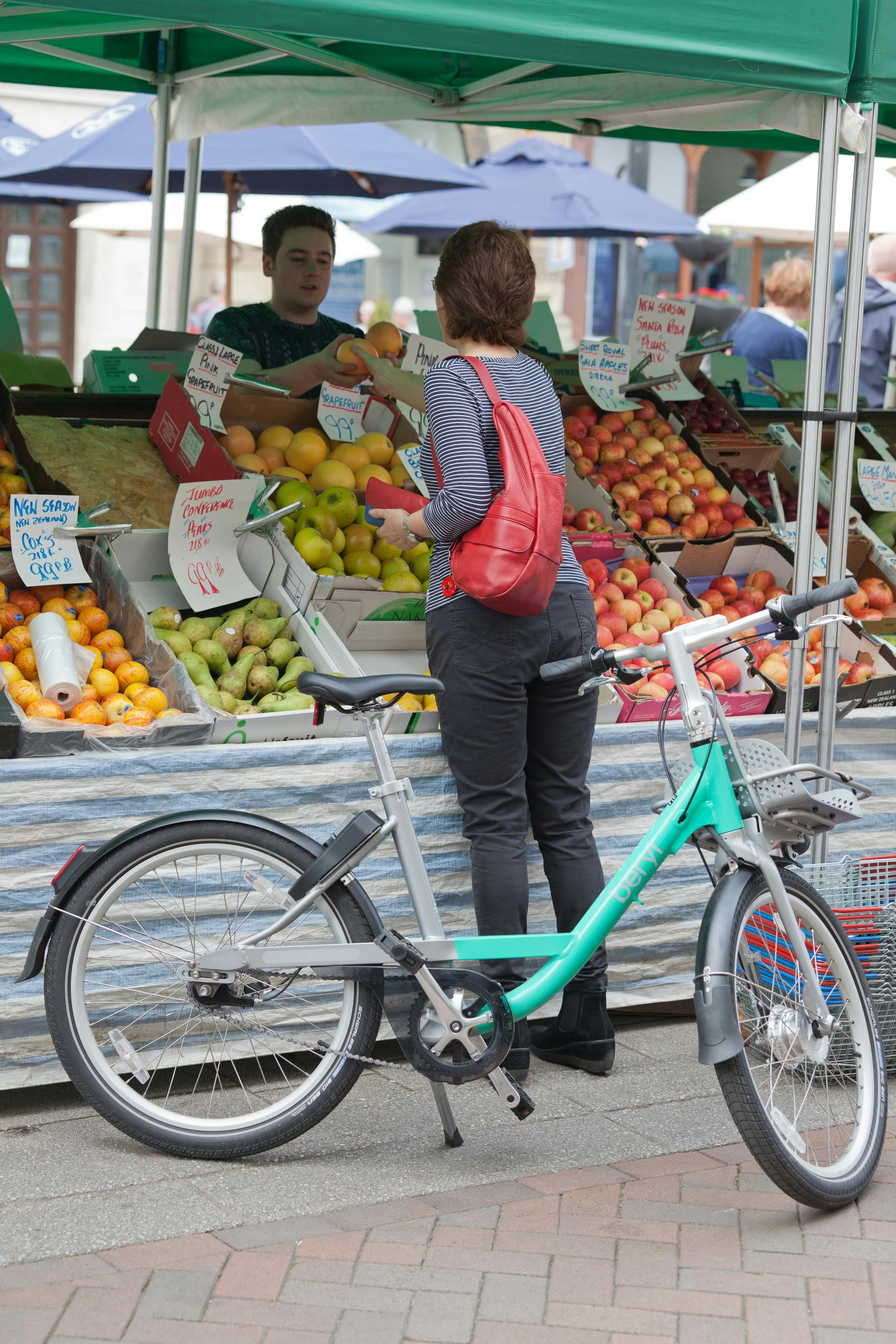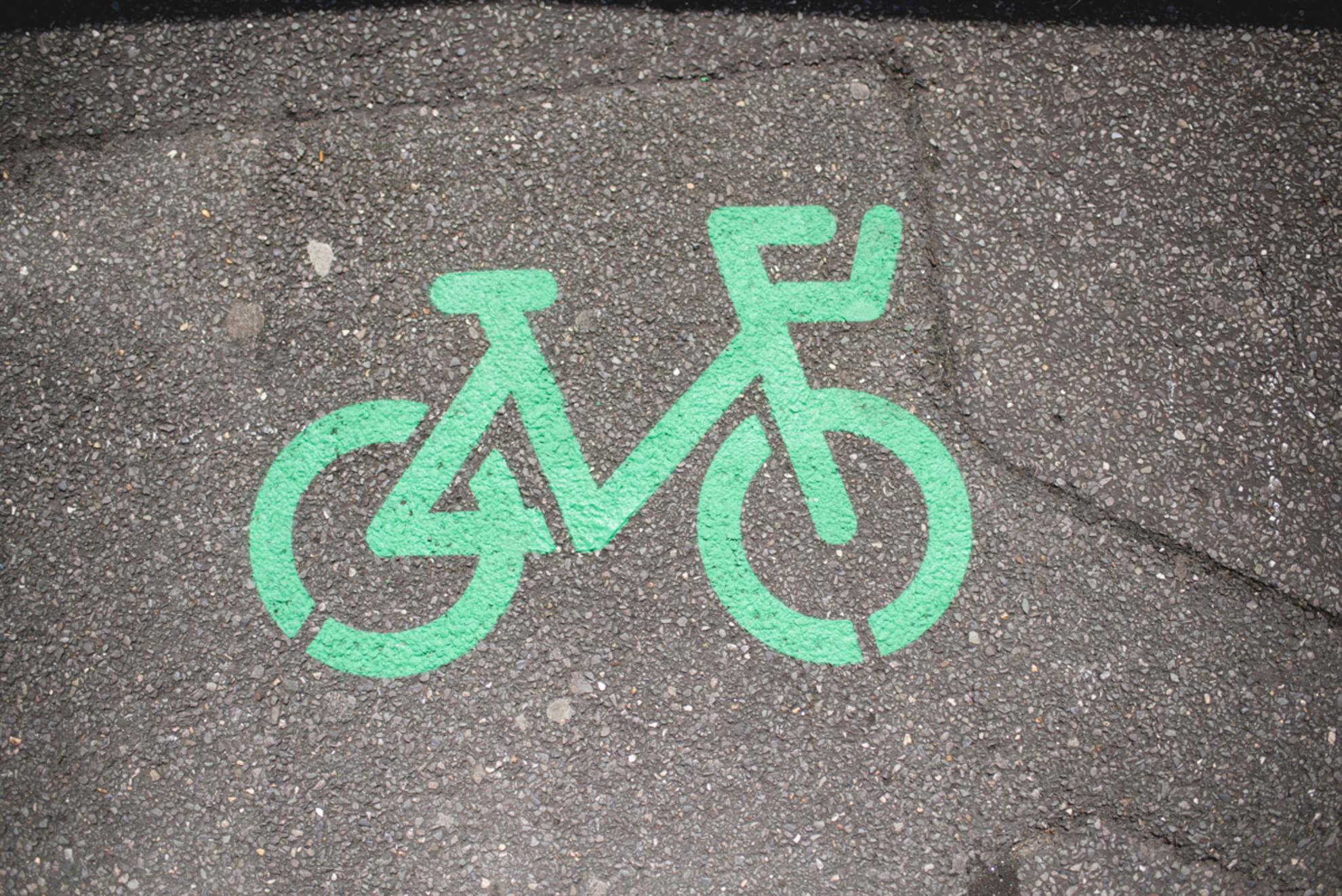Seeing our service in a different light
Working with the visually impaired community on bike share
Bike share is a service that comes with many opportunities for cities; when designed well, bike share can increase access, spur modal shift away from private car trips, and make it easier, cheaper, and healthier to get where you need to. But, for some groups, it can pose additional obstacles which often go undetected and unreported.
One group in particular is the visually impaired community, which includes people who are partially-sighted, blind, light sensitive, and those with blurred vision. While many live with visual impairment everyday, for some it also comes in waves and is not a constant fixture in their life.
The latest innovations in dockless bike share can add an extra layer of obstacles for people with vision impairment as they can be left smack in the middle of the pavement — creating an immediate and unexpected obstacle, not to mention anxiety and potential harm. Even users with the best intentions can be part of the problem if they aren't aware of how people with visual impairment navigate the city.
In Hereford, Beryl has had the fortune of working with the Royal National College for the Blind and VisionLinks (a local charity with a team dedicated to street improvements and mobility). In meetings with both groups, they took the time to emphasize the importance of this work, encouraging our team to wear goggles which simulate visual impairments and attempt to navigate the city streets. They equipped us with canes, and taught us how to use them to read the road - picking up on blisters, tactile pavement, and railings.

With their assistance, we’ve taken a number of actions to ensure our service does not create additional obstacles for people with visual impairments. We began by consulting with them on our proposed bay locations: sharing the location of every bay, with a written description about its surroundings (including other street furniture). With their feedback we adjusted bay locations, and put locations on hold when they were deemed an obstacle.
Both groups were highly supportive of the bay approach, which sees bikes left in designated parking areas; with this level of certainty, Beryl will conduct walking tours with the RNC and VisionLinks to help build local knowledge about where the bays are based.
The bays are painted a vivacious green, which can help people with certain visual impairments because the contrast in colour is so strong that it can help people identify where a bay is located. Where possible, we also align the bay with other street furniture, ensuring the bays are kept out of pedestrian flows.
We endeavour that this work will help to build local confidence, and Beryl will continue our conversations with both groups beyond the scheme’s launch to ensure these actions are leading to successful outcomes.
Hereford has laid the groundwork for a process Beryl can bring to all of our service areas and cities, existing and future, making bike share more accessible, bit by bit. There is still more to be done, and more to learn to make sure bike share truly works for everyone in our cities. We're looking forward to working with groups in the community to help our users understand the role they can play in keeping streets safe and accessible to those with visual impairment.
